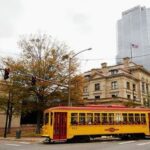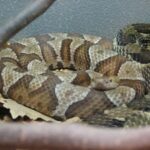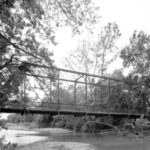“I was not born for one corner. The whole world is my native land”, Kalpana Chawla just before taking off for her second and final mission. By the time the space shuttle Columbia exploded over Texas, Arkansas and Louisiana, Kalpana had spent an incredible 760 hours in space, she had travelled 104 million km, as many as 252 times around the earth. She was one unassuming adventurer who really had travelled the distance to fulfill her motto, follow your dreams.
Kalpana Chawla was born in 1961 in Carnal, a small town in Haryana. She attended a local school, Tagore Ball Nike tan where she was an above average student with a fascination for airplanes. She enrolled at Punjab Engineering College, where there were only-seven girls. She became the first woman to study aeronautical engineering. She topped and then she moved to Colorado University to do her doctorate, which she completed in 1988. She is the second Colorado University product to perish on a space mission, first being Ellison Danny who died in the challenger explosion in January 1986.
Kalpana joined NASA in 1988. She started out at the NASA Ames Research Center in the area of powered lift computational fluid dynamics. In 1993 she joined overset Methods, Los Altos, California, as vice-president. In December 1994, NASA accepted her application and by March 1995. Chawla reported to the Johnson Space Center as a candidate in the 15th Group of Astronauts. Her path to the stars was paved with increasingly complex technical requirements which are difficult for any layman to comprehend, yet it didn’t deter Chawla. Her big moment arrived with the space shuttle flight STS-87, in November-December 1997. It was a 16-day mission. She studied weightlessness and the Sun’s outer atmospheric layers. The numbers: 6.5 million miles, 252 orbits of Earth, and 376 hours and 34 minutes in space.
Back on Earth, Kalpana was given various crew systems task. But she craved for a second chance. By January 1998, she was on her way to participate for the second time in the Olympics of space. She worked very hard and in 2000, she was assigned to the crew of STS-107 scheduled for launch in 2003, January. The US space shuttle Columbia lifted off on January 16, 2003. Kalpana Chawla and six others comprised the crew. Columbia’s crew completed 80-plus scientific research experiments during their time in orbit. After a 16-day mission on February 1st. Columbia was returning to earth. It was at an altitude of 63,000 meters and was hurtling back to Earth at a- speed of over 20,000 km/hr, around 18 times the speed of sound and was due to land at the Kennedy Space Centre in Florida at 8.53 a. m., a little after seven in the evening in India. But the ill-fated shuttle could not reach the Earth safely. At an altitude of 207,000 feet over north-central Texas, Mission control lost contact and it crashed few minutes later before landing. In 42 years of U. S. human space flight, there had never been an accident during the descent to Earth or landing. Space-shuttle Columbia was unfortunately the first.
Known as ‘Monte dude’ in her native land and as KC at NASA, Kalpana Chawla was the girl next door who never forgot the pull of her roots. It is only because of her efforts that since 1977, NASA has been hosting two students from her alma mater every year. She always proudly introduced herself as Kalpana Chawla from Carnal, India. Our Prime Minister Atal Bihari Vajpayee dedicated an Indian Space Research Organization (ISRO) meteorological satellite to her, calling it Kalpana-1, while the Haryana Government set up the Kalpana Chawla scholarship for girl students. The Chandigarh Administration instituted a cash award of Rs.25, 000 and a gold medal for the best student of aeronautical engineering. Union Minister of state for Home I.D. Swami, an M.P. from Karnal promised to dedicate a medical college to her memory and even her alma mater, the PEC, is considering naming a research center after her.
Kalpana once said that from space our Earth looks so small, so fragile. It is unbelievable that we, people fight over petty things and piece of land. In her last interview, in her message for Indian children she said, “The quickest way may not necessarily be the best. The journey matters as much as the goal. Listen to the sounds of nature, wishing you the best on your trek towards your dreams. Take good care of our fragile planet”.
We are proud of Kalpana Chawla.
Source: NASA article published in Outlook Magazine in December, 07.






